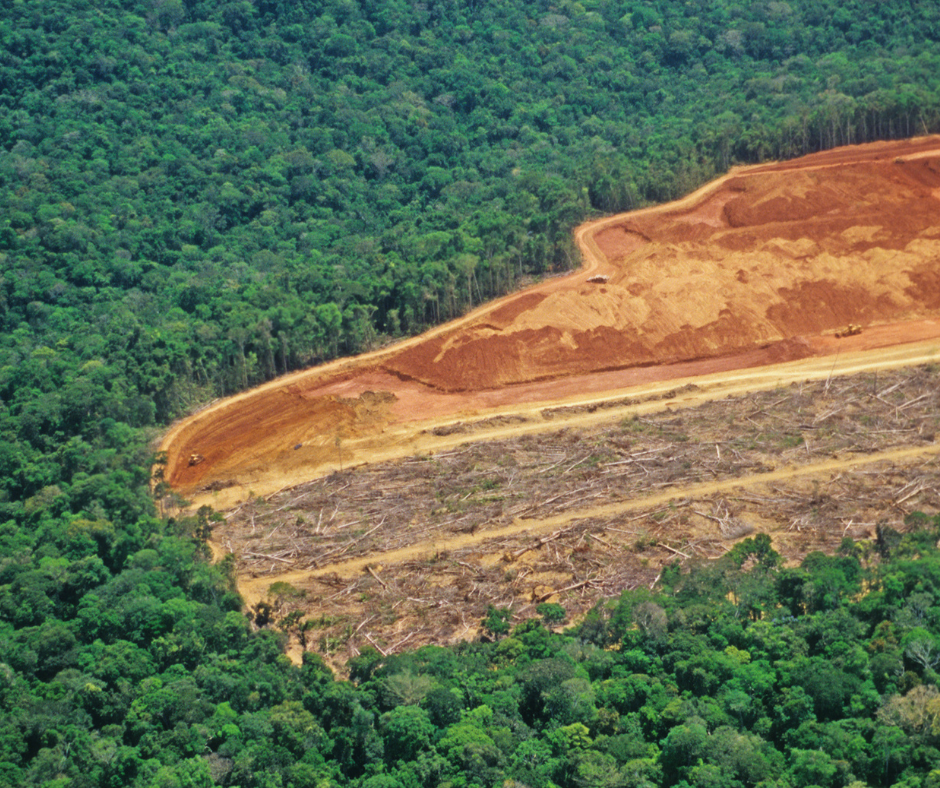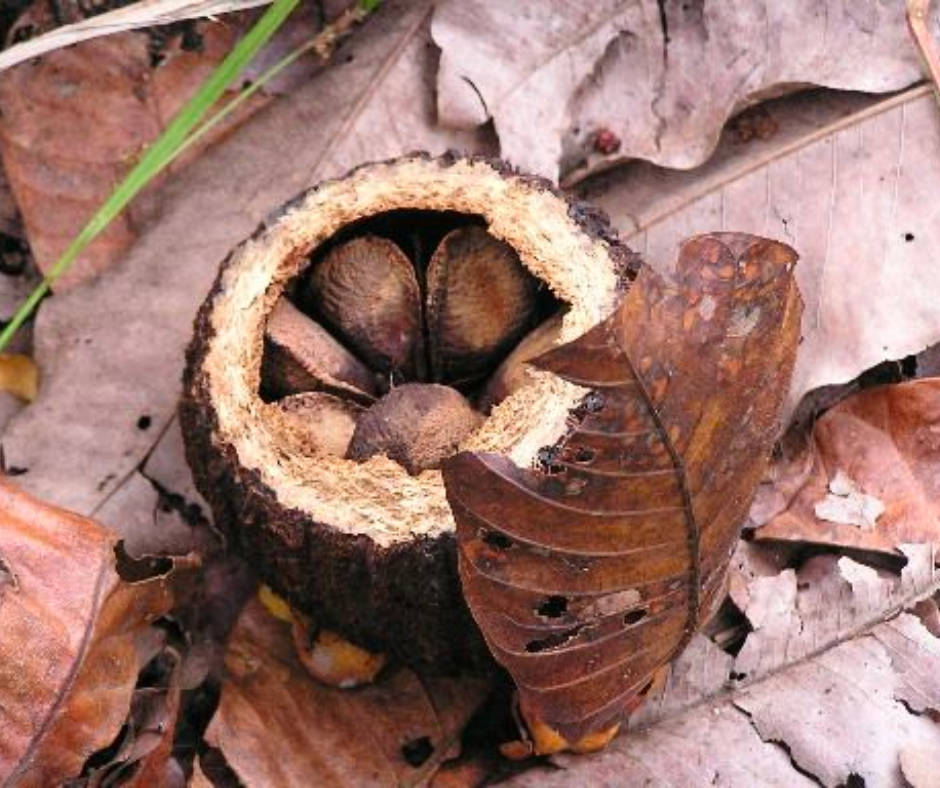Brazil is the largest country in South America, so it’s no surprise that 60% of the Amazon Rainforest lies within its borders.
In fact, the Brazilian Amazon is home to more than 24 million people including almost 900,000 Indigenous Peoples, with over 270 languages spoken. The Brazilian Amazon is also home to at least 10% of the world’s known biodiversity, including endemic and endangered species such as jaguars, giant otters and golden lion tamarins.
Cool Earth’s first partnership: Democracia
In 2008, we began our first partnership with the community of Democracia on the northern bank of the Rio Madeira river to protect all 45,000 hectares of their forest.
Like many of our partners today, the Democracia community faced serious threats to their lands from external loggers after the government granted a concession, despite the community’s ownership of the land.
We had one collaborative goal; to cancel the concession.


Laying down the law
Cool Earth and the community of Democracia worked closely with a law firm, Tapajos and Tapajos LLP, based in the city of Manaus. The aim was to abolish the logging concession and officially establish the land as a communal reserve, cutting off the timber supply to any prospecting loggers.

